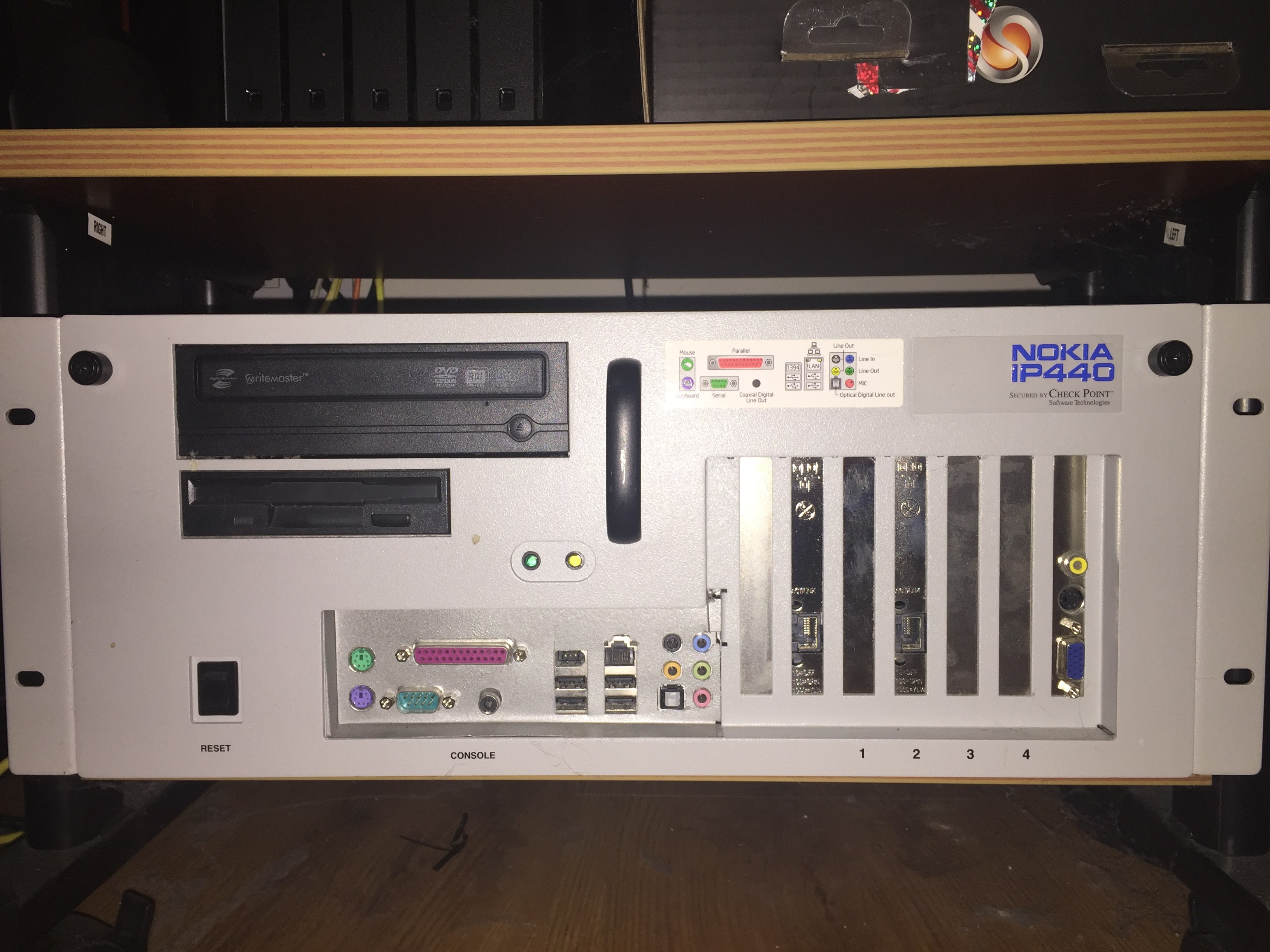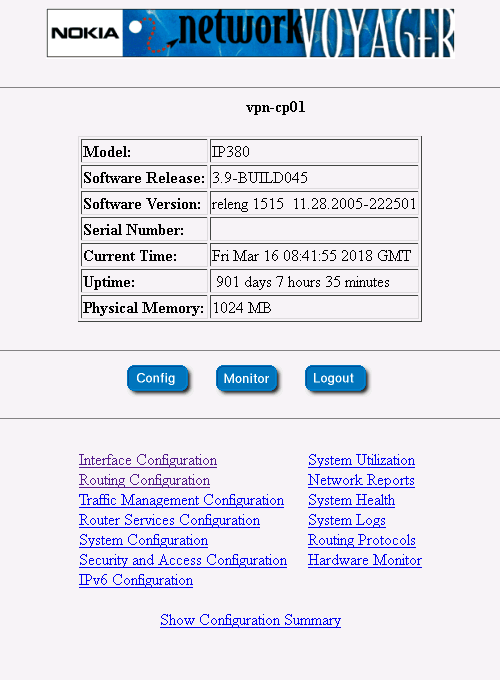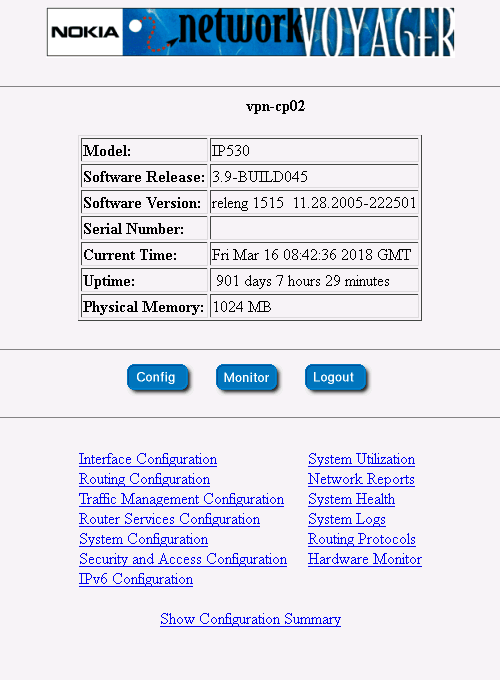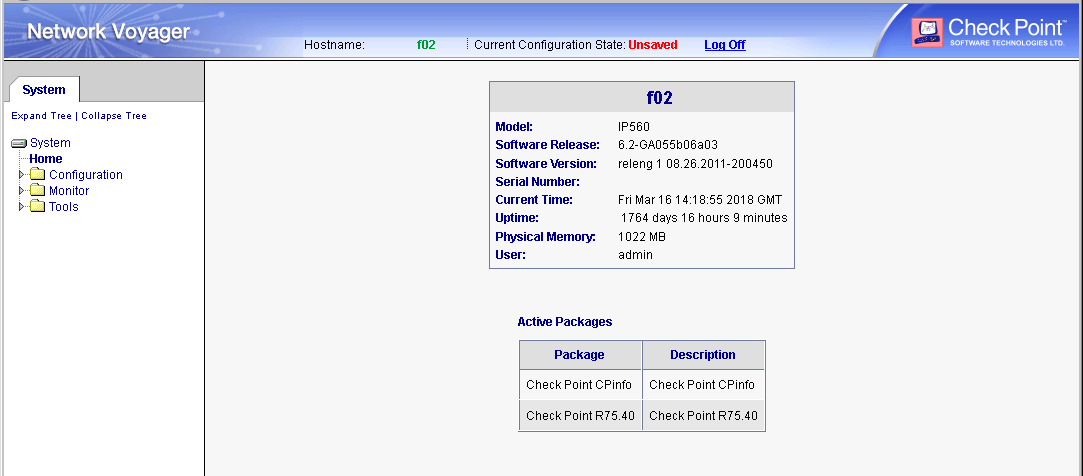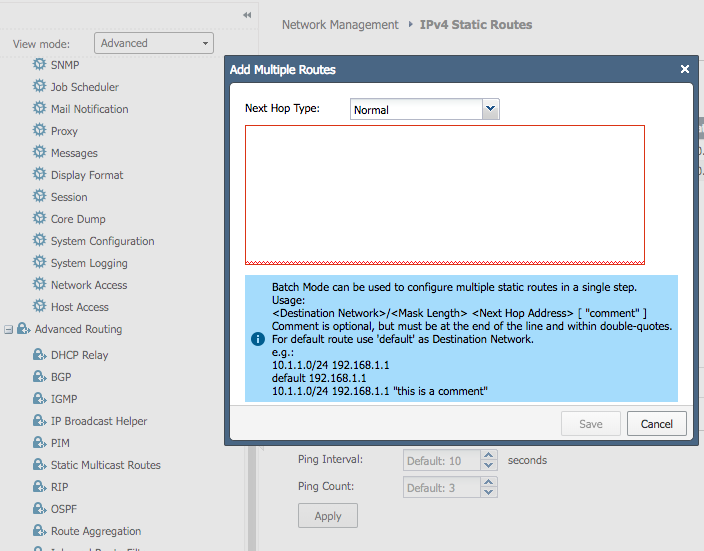Hmm had to think about this one for awhile, as I've had quite a few of these over the years. But I think the best one is the incident that first launched me down the path of firewall performance optimization rather painfully, which is why I haven't really talked about this until now. So without further adieu:
In early 1999 I worked for a Check Point reseller based in Boulder, Colorado. I installed a Check Point firewall for one of the local news stations here in Denver earlier in that year, and it was pretty awe-inspiring getting to see all the great technology they had as well as their local news studio and such. I got a phone call now and again from their firewall administrator after the project was completed, as he configured the Firewall-1 product which I think was version 4.0 but might have been 4.1.
However on April 20, 1999 I got a call from him and could immediately tell that something was off in his voice as soon as he started speaking, and the conversation went something like this:
Him: We are experiencing some really bad performance on our firewall
Me: Really? We didn't see anything like that during our testing and afterwards, what changed?
Him: We just got linked to by every news organization in the world due to a big local story
Me: What's the story?
Him: At least 10 students and a teacher just got gunned down at Columbine High School.
Me: (expletive deleted)
The next few hours after that are a bit hazy with phones ringing and TVs blaring incessantly in the background but they involved doubling the firewall's connections table limit from 25,000 to 50,000 and watching it fill up again almost instantly, doubling it again to 100,000 which (barely) managed to shoulder the connection load but now the single CPU was swamped (no CoreXL back then) and memory was running low. These numbers may seem laughably small now, but were absolutely gigantic in 1999 when dialup access to the Internet was still the norm and DSL/Cable modems didn't exist yet. There weren't really any comprehensive tuning guidelines available for Check Point's early products (even on Dameon Welch Abernathy's Firewall-1 FAQ site) so I just had to "wing it", and started maintaining notes about firewall performance optimization which eventually resulted in the first edition of my book 16 years later.
--
Second Edition of my "Max Power" Firewall Book
Now Available at http://www.maxpowerfirewalls.com
Gaia 4.18 (R82) Immersion Tips, Tricks, & Best Practices Video Course
Now Available at https://shadowpeak.com/gaia4-18-immersion-course


